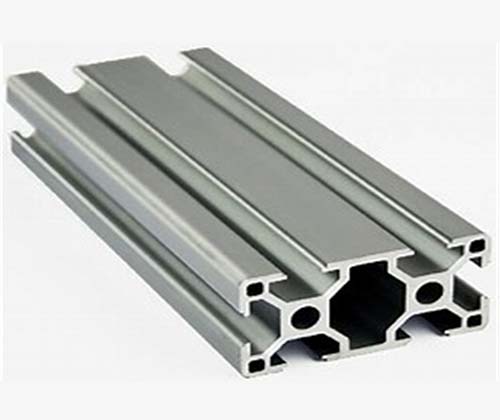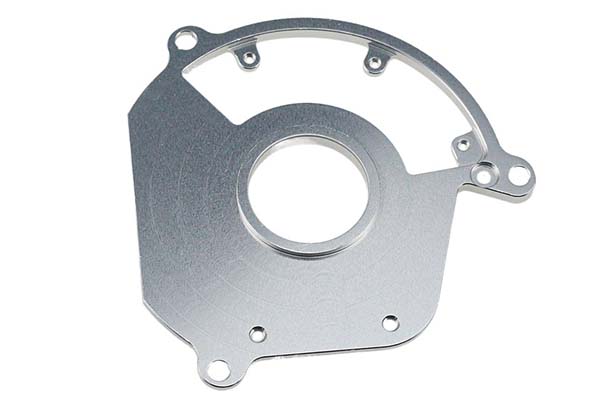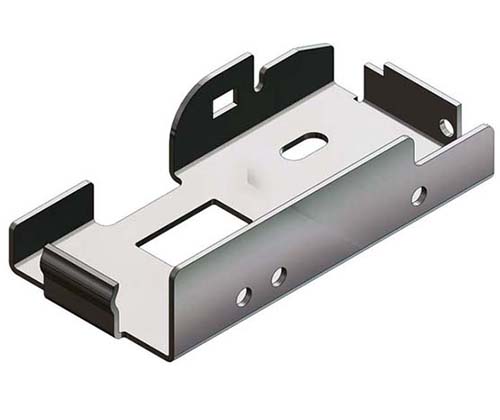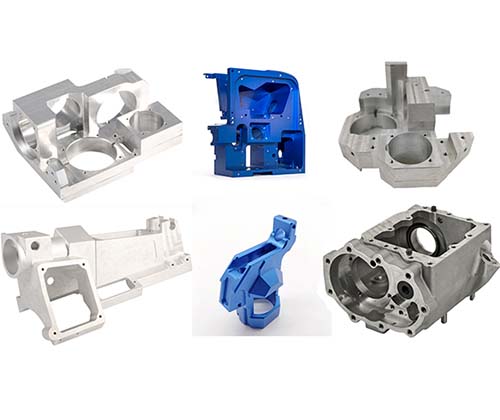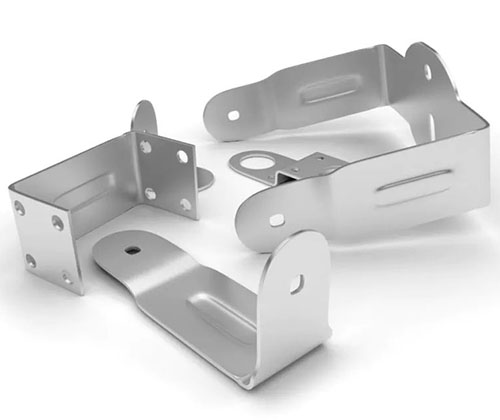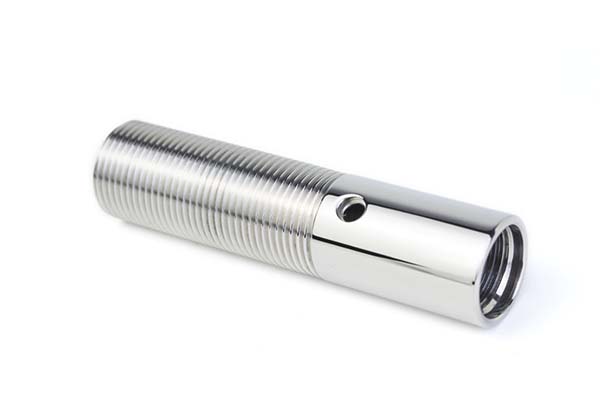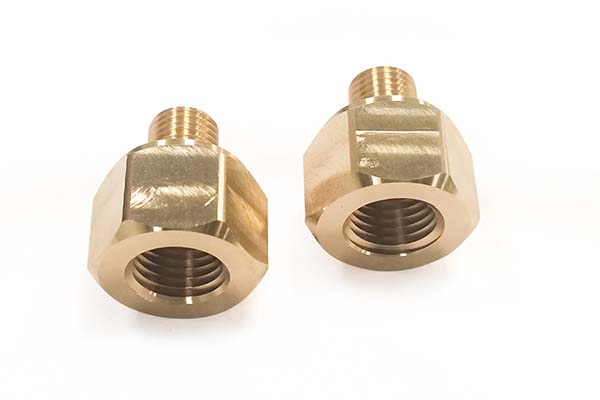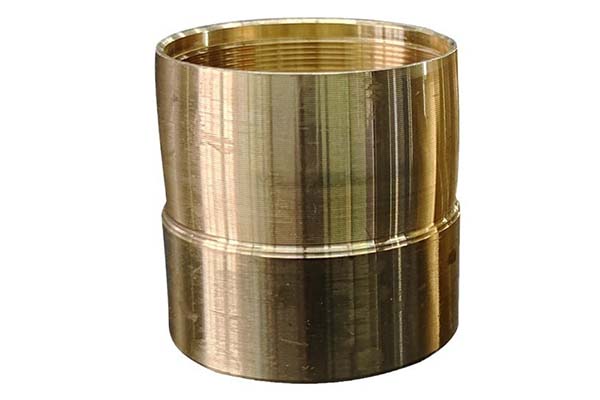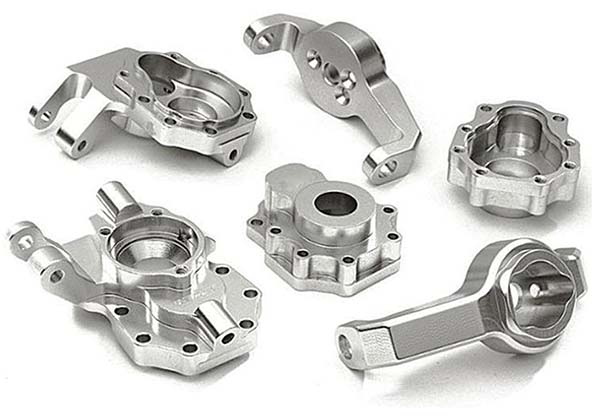In the realm of metal stamping, SPCC cold rolled steel has become a staple, but many manufacturers grapple with issues that hinder its full potential. From unclear material characteristics leading to wrong material selection, to struggles in aligning manufacturing processes with the steel’s properties, and challenges in meeting industry standards, these problems can cause production delays, increased costs, and subpar products. This article will delve into these aspects, providing insights to help manufacturers navigate the complexities of working with SPCC cold rolled steel in metal stamping.
Unveiling SPCC Cold Rolled Steel: Material Characteristics
SPCC, a prominent Cold Rolled Steel grade, boasts unique Material Characteristics that make it a preferred choice in metal stamping. Understanding these characteristics is fundamental to leveraging the material effectively.
- The SPCC Grade is defined by specific standards, typically having a carbon content of around 0.12% max, which contributes to its balanced properties. It’s a commercial quality steel, widely available and cost - effective, making it a go - to option for many applications.
- Mechanical Properties are key indicators of how SPCC will perform during stamping. It has a tensile strength ranging from 270 - 410 MPa and a yield strength of approximately 170 MPa min. These values mean it can withstand the forces of stamping without breaking, while still offering enough flexibility for forming.
- The surface finish of SPCC is smooth and uniform, often with a matte appearance. This eliminates the need for extensive polishing, saving time and cost in post - processing. It’s a significant advantage for applications where aesthetics matter, like consumer electronics.
- Thickness tolerance is tightly controlled in SPCC, usually within ±0.02 mm for thicknesses up to 1 mm. This precision ensures that during stamping, the material feeds evenly into the press, reducing the risk of defects caused by uneven thickness.
- Corrosion resistance of untreated SPCC is moderate. Without additional coatings, it can rust in humid environments. However, it readily accepts coatings like galvanization or painting, which significantly enhance its resistance to corrosion.
- Workability is one of SPCC’s standout features. It can be easily subjected to punching, bending, and forming operations. For example, it can be bent to angles as small as 90 degrees without cracking, making it suitable for complex part geometries.
Mastering the Manufacturing Process for SPCC Stamping
The Manufacturing Process of metal stamping with SPCC cold rolled steel involves a series of steps, each requiring careful execution to ensure quality.
- Metal Stamping with SPCC often starts with blanking, where large sheets are cut into smaller blanks of the required size. Then, operations like punching create holes, bending forms angles, and forming shapes the material into the desired 3D structure. Shearing is used to trim excess material, giving the part its final 轮廓.
- Pressing Techniques vary based on the part’s complexity. For simple parts, mechanical presses with high speed are efficient, operating at 200 - 500 strokes per minute. For more complex forming, hydraulic presses are preferred as they offer slower, more controlled pressure, which is gentler on the material.
- Tooling design for SPCC must take into account its workability. The dies should have appropriate clearances. For example, for a 1 mm thick SPCC sheet, a die clearance of 10 - 15% of the material thickness is recommended. This prevents excessive friction and ensures clean cuts during punching.
- Die making for SPCC can use materials like tool steel (e.g., SKD11). The dies need to be hard enough to withstand repeated contact with the steel. Proper heat treatment of the dies, to a hardness of HRC 58 - 62, extends their lifespan.
Ensuring Quality: Quality Control Measures for SPCC
Quality Control is vital to ensure that stamped SPCC parts meet the required standards and perform as expected in their applications.
- Dimensional accuracy checks are performed using tools like calipers, micrometers, and coordinate measuring machines (CMMs). For critical dimensions, the tolerance can be as tight as ±0.01 mm. Regular checks during production ensure that the parts remain within the specified limits.
- Surface defects such as scratches, dents, or rust spots are inspected visually and with the help of light boxes. A defect rate of less than 0.5% is considered acceptable for most applications. Any parts with significant surface defects are rejected to maintain quality.
- Material testing is done on incoming SPCC sheets. Tensile tests are conducted on sample pieces to verify the tensile strength and yield strength. Hardness testing, using the Rockwell B scale, is also common, with SPCC typically having a hardness of 60 - 80 HRB.
- Adhering to quality assurance standards like ISO 9001 ensures that the entire process, from material inspection to final packaging, is documented and controlled. It provides a framework for consistent quality.
Exploring the Wide Applications of SPCC Stamped Parts
SPCC cold rolled steel, with its excellent properties, finds applications in various industries.
- In the automotive industry, automotive parts such as bracket holders, door hinges, and fuel tank straps are often made from stamped SPCC. Its strength and formability make it suitable for these structural components.
- Electrical components like switch housings, terminal blocks, and motor brackets rely on SPCC. Its smooth surface and good conductivity (when coated) make it a reliable choice.
- Consumer electronics benefit greatly from SPCC. Items like smartphone frames, laptop casings, and TV backplates are often stamped from SPCC. The smooth surface finish enhances the device’s appearance.
- Industrial equipment uses SPCC for parts like gear covers, conveyor brackets, and machine guards. Its durability ensures these parts can withstand the harsh conditions of industrial environments.
- Household appliances such as washing machine panels, refrigerator shelves, and oven brackets are frequently made from SPCC. It’s cost - effective and can be easily shaped to fit the appliance’s design.
- Architectural elements like metal trim, partition brackets, and window frames also use SPCC. When coated, it can resist the elements, making it suitable for both indoor and outdoor use.
- Mechanical devices such as pump housings and valve bodies often incorporate SPCC stamped parts. Its workability allows for the creation of the intricate shapes needed in these devices.
Adhering to Industry Standards for SPCC
Compliance with Industry Standards is non - negotiable when working with SPCC cold rolled steel.
- ASTM Standards relevant to SPCC include ASTM A1008, which covers cold - rolled carbon steel sheet. It specifies the chemical composition, mechanical properties, and dimensional tolerances, ensuring consistency across different suppliers.
- ISO Standards like ISO 10111 provide guidelines for the selection of SPCC based on its intended use. ISO 9001, as mentioned earlier, is crucial for quality management systems in the manufacturing process.
- Material specifications for SPCC are detailed in standards from organizations like JIS (Japanese Industrial Standards), where SPCC is officially defined. These specifications include requirements for chemical composition, mechanical properties, and surface quality.
- Safety regulations must be followed during SPCC stamping. Operators must wear protective gear, and presses must have safety guards to prevent accidents. Compliance with OSHA standards in the US or similar regulations in other countries is essential.
- Environmental compliance is becoming increasingly important. The manufacturing process should minimize waste, and any coatings applied to SPCC should be free from harmful substances like lead or mercury, adhering to regulations such as RoHS.
- Following industry best practices includes proper storage of SPCC sheets to prevent rust (storing in a dry, covered area), regular maintenance of stamping tools, and employee training on proper handling and stamping techniques.
Yigu Technology's Perspective on SPCC Stamping
At Yigu Technology, we have extensive experience in metal stamping with SPCC cold rolled steel. We understand its properties and know how to optimize the manufacturing process to get the best results. Our facilities are equipped with advanced presses and tooling, allowing us to produce high - quality SPCC parts that meet strict industry standards. We work closely with customers to understand their needs, providing custom solutions for various applications. Whether it's a small batch of precision parts or large - volume production, we are committed to delivering reliable and cost - effective products.
FAQ
- Can SPCC cold rolled steel be welded?
Yes, SPCC can be welded using methods like arc welding. However, it's important to note that welding can affect the material's properties in the heat - affected zone, reducing its ductility. Post - weld heat treatment can help restore some of the properties.
- What is the maximum thickness of SPCC that can be effectively stamped?
SPCC can be stamped effectively up to a thickness of 3 mm. For thicker materials, more powerful presses and specialized tooling are required to ensure proper forming without defects.
- How does SPCC compare to other cold rolled steel grades in terms of cost?
SPCC is generally more cost - effective than higher grades like SPCE (deep drawing quality). It offers a good balance of quality and price, making it a popular choice for applications where high deep drawing performance is not required.
